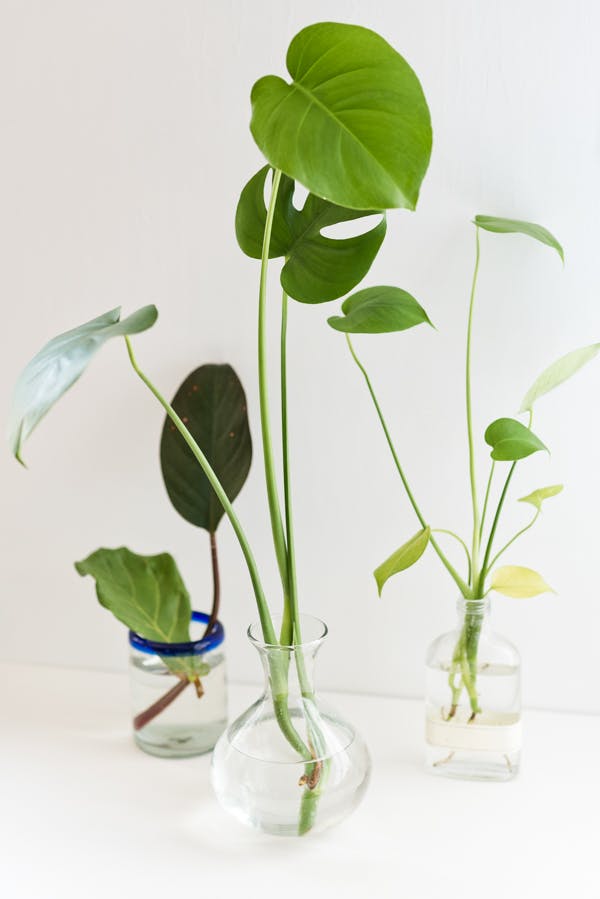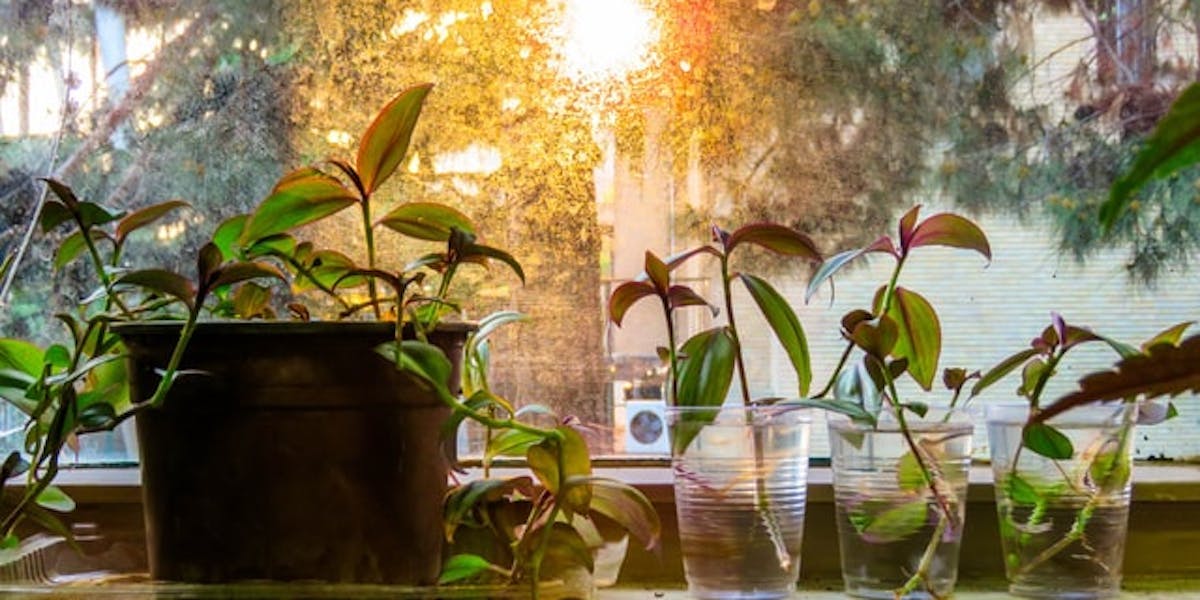Lifestyle
How Do I Propagate My Own Plants At Home?
5min read
Plant propagation is a fun way to exercise your green thumb and not spend a fortune on new house plants.
Whether you’ve taken a sneaky cutting from a plant in the office at work, or you’d like to divy up your existing stock, propagation might just become your new favourite hobby. The idea of plant propagation is a fun, simple and effective way of gaining a whole new selection of green pals to brighten up your home or give a new lease of life to your garden.
What is plant propagation?
To put it simply, the term plant propagation covers a whole host of ways to create new ‘baby’ plants from existing ‘parent’ plants.
How to propagate
Here are a few of the easiest ways to propagate plants for beginners, with each method suiting different types of plants better dependent on how best they grow.
Sowing seeds
This is most commonly seen in the agricultural world, and it is how the fruits and vegetables we buy and eat are grown. Seeds are either widely scattered across a prepared field, or individually sown in small trays until they’re big and hardy enough to be transferred on.
This process is well suited to the home propagation of seeds we’ve collected ourselves. Think of the pips from and oranges or lemons, or the countless small seeds inside a pepper.
Cuttings
This is perhaps the most common form of Instagram-worthy propagation and is easy to accomplish. It works by:
- Cutting new growth from your plant of choice.
- Submerging the base of your new cutting in rainwater to develop roots – this can take anything from a few weeks to a few months, so be patient!
- And finally repotting them when they’ve got a substantial root system.
If you’re nosy and would like to be able to see what’s going on with your new plants, then submerge them in a glass jar or vase for a front-row seat of root and shoot development.

Photo credits: Paper. & Stitch
This technique works especially well with spider plants (chlorophytum comosum) or cheese plants (monstera deliciosa)! For a full-blown guide to cuttings, read this post from Paper & Stitch.
Division
This is another method that’s easy to give a go at home. As you may have guessed, this involved digging up a healthy and established plant then separating it into two or more sections with roots attached. Then simply replant is separate pots with enough room for your new friends to grow in to.
This is a great method for anything multi-stemmed like a Boston fern (Nephrolepis exaltata) or a calathea. For the full insight on plant division, read this post from Our House Plants.
By Fabian Jackson
Fabian is one of our lovely Content Marketing Assistants who loves writing almost as much as he loves coffee, old episodes of Escape to the Country (no judgement here), and cooking up a storm in his kitchen.
Let us take care of dinner
We help to make eating more plants easy and delicious. Fancy letting us take care of dinner? Check out our delicious meals here.
Shop now
